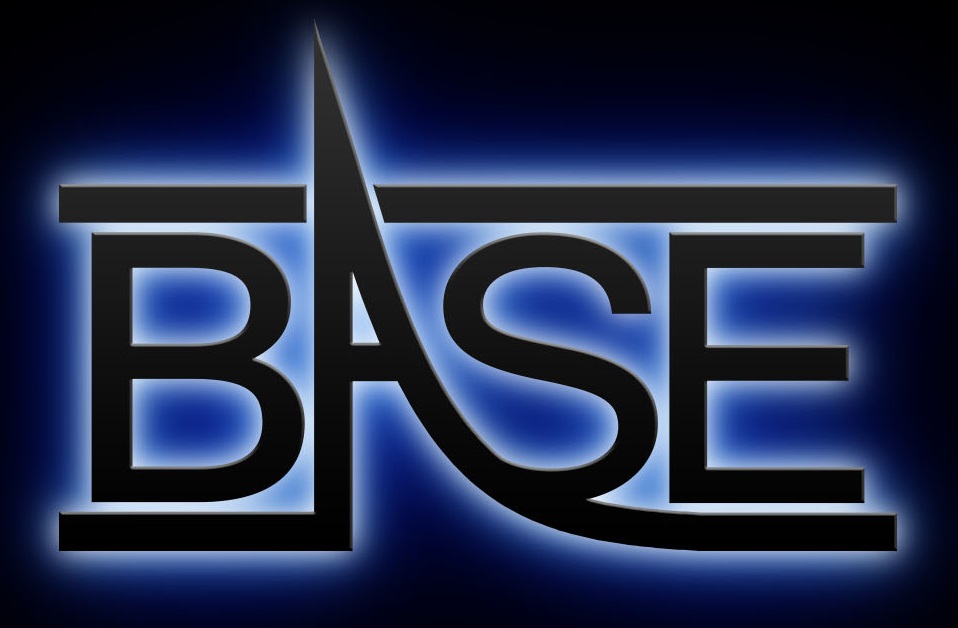Today, we report in Nature on the first sympathetic cooling of a single trapped proton, using laser-cooled beryllium ions stored in a spatially separated trap. The energy exchange between the proton and the laser-cooled ions is mediated by image currents induced by the ions in the trap electrodes, transmitted through a superconducting LC circuit that connects the traps (see Figure 1). In our first demonstration of this method, we cool the proton to a temperature about one order of magnitude lower than the cooling limit of routinely used resistive cooling methods (see Figure 2).
Figure 1: Concept of the experimental setup.
Cooling of trapped particles is essential for any kind of trap-based high-precision measurement, since higher particle temperatures increase the uncertainty of the measurement and lead to larger systematic shifts of the measured results. In that light, any idealized high-precision study would utilize particles at energies close to the quantum ground state, which can be realised using laser cooling. However, laser cooling can only be applied to a small number of (mostly positive) atomic ions, and cannot be directly applied to fundamental particles like protons and antiprotons. Heinzen and Wineland therefore proposed a technique to transfer laser cooling from a suitable ion species via image currents to a separate trap. Independent of optical properties, this method can be applied to any kind of charged particle, even exotic particles such as antiprotons, highly-charged ions, or molecular ions.
Figure 2 : Sympathetic Cooling – achieved proton temperatures as a function of the number of Be ions stored in the “cooling trap”
We are driven to incorporate this technique in our advanced Penning traps to improve the comparison of the proton and antiproton magnetic moments, and so better understand the matter/antimatter imbalance in our Universe. For these measurements, protons and antiprotons at energies of about 100 mK are required. Only with particles at such low temperatures single spin transitions can be observed – an essential prerequisite for measurements on nuclear magnetic moments. To prepare such cold particles by established resistive cooling methods is time-consuming; the newly demonstrated method is a first essential milestone to improve these classical limits. One experimental challenge of implementing these techniques into our trap system is that the image currents induced in the trap electrodes are tiny. To overcome this problem, we use a tuned superconducting circuit that amplifies the image currents, which enhances the energy exchange rate between the laser-cooled ions and the proton. Using this “superconducting spring”, we successfully observed the first sympathetic cooling of a single trapped proton by laser-cooled ions. This advance adds new technology to the basic methods-set of precision Penning-trap spectroscopy, and has the potential to improve future measurements of the proton/antiproton magnetic moments considerably.
